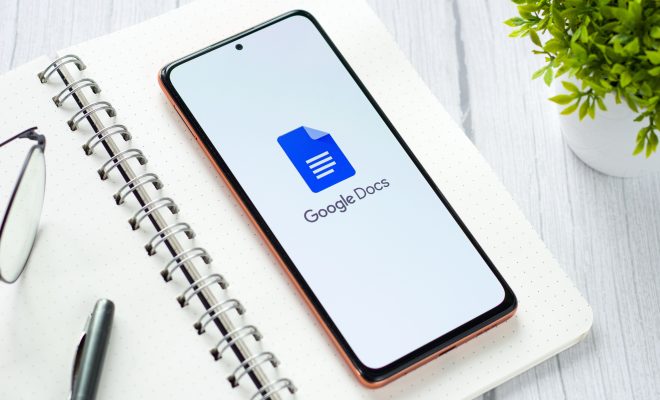How to Improve Digital Instruction with Learning Science

Learning science, how we learn, and how we apply the knowledge of how we learn, is a relatively new field of study. It draws from various disciplines including cognitive neuroscience, learning analytics, data science, behavioral economics, and educational psychology to create education solutions that work for educators and learners.
In a recent webinar on edWeb, Paul W. Ownby, senior product manager at Learning.com, went into detail on what is needed for learning to take place and how digital instruction can be leveraged to enhance learning.
Ownby explains that real learning occurs when the thinking, sensing, and feeling systems in the brain are activated at the same time or close to the same time. When this can be accomplished, the teacher can maximize the retention of the information.
Thinking
For real learning to occur, the prefrontal cortex, the thinking, or decision-making and problem-solving area of the brain must be engaged. The types of activities that are involved in the thinking aspect of the brain, include setting goals, establishing strategies, planning, and reflecting on a strategy to see how well you are doing.
Students must be challenged intellectually and be given the opportunity to think things through for themselves. The digital instruction should answer the question: why am I learning this? For this question to be answered, digital activities should engage the area of the brain where things are reasoned out. The digital class activities must give students the opportunity to plan and organize their ideas. For this purpose, a lesson that is put in the context of solving a real-world problem, is the best.
Sensing
Some students learn best when their senses are stimulated. This can involve anything that’s visual or spatial or involve touch or auditory stimulation. Things like, listening to music or putting something to a song, can help to give students a positive learning experience. Digital instruction that includes music, animation, or physical objects can improve learning. Lessons that encourage interaction and collaboration also help to stimulate the senses.
For example, in a vocabulary lesson, animations that visually represent the concepts being described verbally, can be shown. When the new vocabulary is being introduced, the concept animation is shown at that same time. To stimulate the senses, instruction is always visual and oral. Ownby stresses that teachers must gather feedback and reconnect with the students after a while, otherwise they disconnect after some time of watching the animations.
Feeling
When you’re having fun you tend to stimulate the limbic system of the brain. Here digital content that elicits joy and fun leverages the limbic system of the brain. It is all about emotion, memory, and stimulation. This involves learning activities that define real meaning or produce excitement and joy.
Here Ownby introduced the concept of learned success – you learn that you can succeed in a particular thing so you tend to go back to that. If you want a student to retain the information you want it to be associated with a positive emotion because humans tend to gravitate toward those things that brought them success and happiness. Most humans tend to avoid things that are associated with negative emotions. That’s why it’s critical when the first time students are introduced to a topic that they associate it with a positive emotion or some learned success because it will encourage them to engage with the content again.
For digital instruction to succeed in the classroom, it must engage the thinking, sensing, and feeling systems of the brain, give students a reason for learning the lesson and an opportunity to engage with the content in a fun and memorable way.






